Top Emergency Pet Insurance Options for 2024

Accidents are an inevitable part of having a cat or dog. Incidents such as a dog fight, ingesting something toxic, or being hit by a car can result in an emergency veterinary visit. Costs for X-rays, blood tests, and surgeries can rapidly escalate into thousands of dollars.
Pet insurance offers a practical solution for managing hefty emergency vet expenses. We have reviewed 13 plans to assist you in selecting the best emergency pet insurance.
Sure, here is the updated table with “Forbes Advisor” changed to “PetsnSurances Advisor”:
Best Pet Emergency Pet Insurance Ratings
| COMPANY | PETSNSURANCES ADVISOR RATING | DEDUCTIBLE CHOICES | 24/7 VET HEALTHLINE AVAILABLE? |
|---|---|---|---|
| Paw Protect | 5.0 | $100, $250, $500 | Yes |
| Embrace | 4.0 | $100, $250, $500, $750, $1,000 | Yes |
| ManyPets | 4.0 | $500 | Yes |
| Spot | 4.0 | $100, $250, $500, $750, $1,000 | Yes |
Reimbursement and deductible choices may vary by state.
Is Emergency Pet Insurance Worth It?
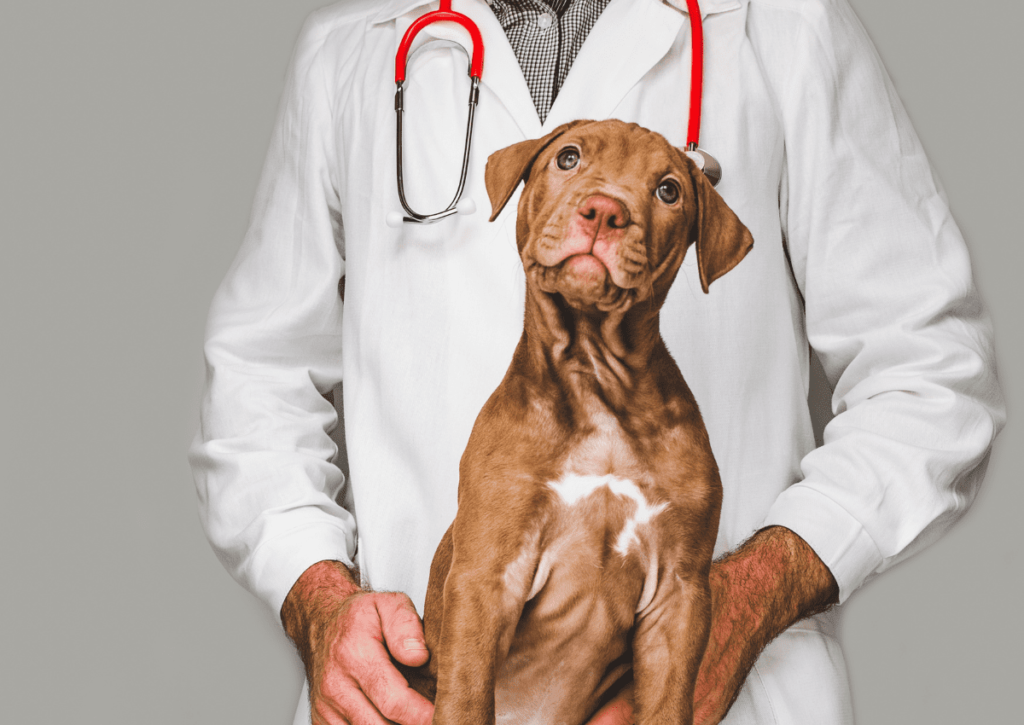
Pet insurance can be a lifesaver when your furry friend faces unexpected emergencies like broken bones, ingestion of foreign objects, or sudden illnesses. Without pet insurance, these emergency vet bills could come straight out of your pocket, adding financial stress to an already worrying situation.
For instance, if your dog swallows a toy and needs an emergency vet visit for X-rays and possibly surgery, a good pet insurance plan will cover these costs, easing your burden.
Types of Emergency Pet Insurance Plans
There are two primary types of pet insurance plans that cover emergencies:
Accident and Illness Plan
This comprehensive plan covers both accident-related emergencies (such as bite wounds) and illness-related emergencies (like vomiting or lethargy). It also covers non-emergency illnesses including ear infections, skin allergies, cancer, and diabetes. These plans are typically more expensive than accident-only plans due to their broader coverage.
Accident-Only Plan
This more budget-friendly option only covers emergencies related to accidents, like broken bones, and excludes illness-related emergencies. Because it covers fewer issues, it tends to be less expensive than accident and illness plans. This type of plan is suitable for pet owners who are primarily concerned about unexpected injuries rather than illnesses.
Some insurers also offer wellness plans that can be added to an accident and illness plan. While these wellness plans don’t cover emergencies, they do cover routine care such as annual exams, vaccinations, and preventive treatments for fleas, ticks, and heartworms. Adding a wellness plan can help manage the cost of routine veterinary care and keep your pet healthy year-round.
Cost of Emergency Pet Insurance
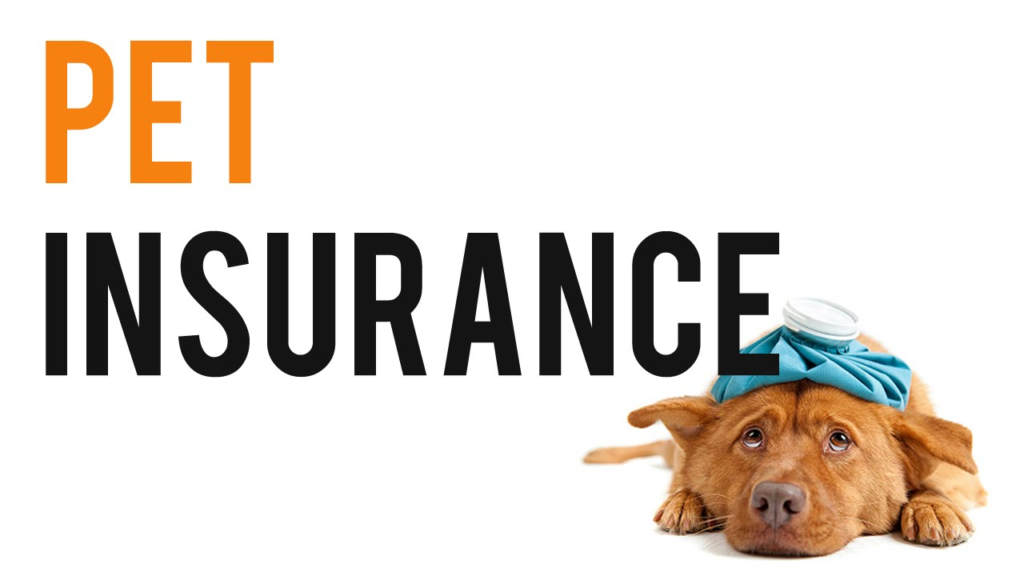
According to PETSINSURANCES ADVISOR, the average monthly cost of pet insurance for emergencies is $44 for a dog and $30 for a cat. These figures are based on a policy with $5,000 of annual coverage, a $250 deductible, and an 80% reimbursement rate.
Your pet insurance premium will vary based on several factors:
- Type of pet: Dogs generally cost more to insure than cats.
- Breed: Some breeds are more prone to certain health issues, affecting insurance costs.
- Age of pet: Older pets are typically more expensive to insure due to the higher likelihood of health problems.
- Location: Veterinary costs vary by region, influencing insurance premiums.
- Coverage amount, deductible, and reimbursement percentage: Higher coverage limits, lower deductibles, and higher reimbursement rates increase the premium.
To find affordable pet insurance, it’s crucial to compare quotes from multiple insurance companies. Ensure you compare plans with similar policy details and benefits, as not all plans offer the same features, such as a 24/7 vet helpline, which can be invaluable during emergencies.
Common Pet Emergencies
Understanding common pet emergencies can help you act swiftly when they arise. Here are some situations that typically require immediate veterinary attention:
- Bleeding from the mouth, nose, or rectum: This can indicate serious internal injuries or poisoning.
- Blood in urine: Could signal a urinary tract infection or kidney disease.
- Choking, difficulty breathing, or persistent coughing or gagging: These symptoms may be due to a foreign object lodged in the airway or severe respiratory illness.
- Vomiting blood: Often a sign of gastrointestinal bleeding, which can be caused by ingestion of sharp objects or toxins.
- Fractured bones, inability to move a limb, or severe lameness: Immediate care is required to prevent further damage and ensure proper healing.
- Heat stress or heatstroke: Symptoms include excessive panting, drooling, and collapse; this is a life-threatening condition.
- Eye injuries: Any injury to the eye should be treated promptly to prevent permanent damage.
- Difficulty urinating or defecating, or pain during these activities: This can indicate blockages or serious infections.
- Refusal to drink water for over 24 hours: Dehydration can quickly become life-threatening.
- Seizures or staggering: These can be symptoms of poisoning, neurological issues, or severe illness.
- Severe bleeding that doesn’t stop within five minutes: Immediate veterinary care is essential to prevent excessive blood loss.
- Frequent diarrhea or vomiting, especially if combined with other symptoms: These can lead to dehydration and indicate a serious underlying issue.
- Signs of pain or extreme anxiety: These could be due to a wide range of health problems that require urgent attention.
- Unconsciousness: This is a critical emergency requiring immediate veterinary care.
- Suspected ingestion of poison (e.g., antifreeze, chocolate, or rodent poison): Prompt treatment is crucial to prevent serious harm or death.
Coverage of Emergency Pet Insurance

The coverage provided by pet insurance depends on the type of plan you choose. An accident and illness plan generally covers:
- Accidents and injuries: Including broken bones, lacerations, and poisonings.
- Common illnesses: Such as diarrhea, ear infections, and vomiting.
- Serious illnesses: Including cancer, diabetes, and heart disease.
- Hereditary conditions: Like blood disorders, eye disorders, and hip dysplasia.
- Diagnostics and testing: Including blood work, CT scans, and X-rays.
- Procedures: Such as chemotherapy and surgeries.
- Holistic and alternative treatments: Like acupuncture and chiropractic care.
- Prescription medications
An accident-only plan will cover veterinary expenses related to accidents, including diagnostics, surgery, and prescription medication.
Exclusions in Emergency Pet Insurance
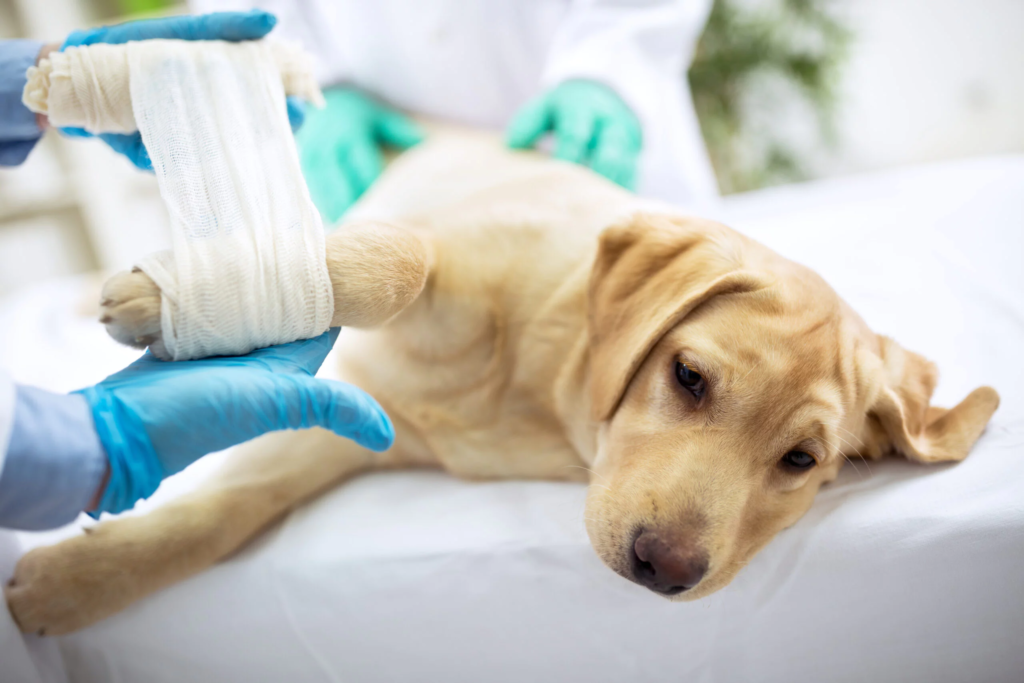
Common exclusions in pet insurance policies include:
- Boarding and kennel fees: Generally not covered, though some policies offer this if you are hospitalized.
- Breeding costs: Expenses related to breeding and pregnancy are usually excluded.
- Exam fees: Not all plans cover vet exam fees, even for emergencies.
- Non-veterinary expenses: Such as administrative fees and taxes.
- Food and supplements: Regular pet food and supplements are usually excluded, though some policies cover prescription pet food.
- Grooming costs: Including grooming, nail trims, and shampooing.
- Pre-existing conditions: Conditions that occur before coverage starts, though some curable conditions may be covered.
- Preventative and elective procedures: Like declawing, ear cropping, and tail docking.
- Vaccinations: Generally not covered unless a wellness plan is added.
Finding the Best Emergency Pet Insurance
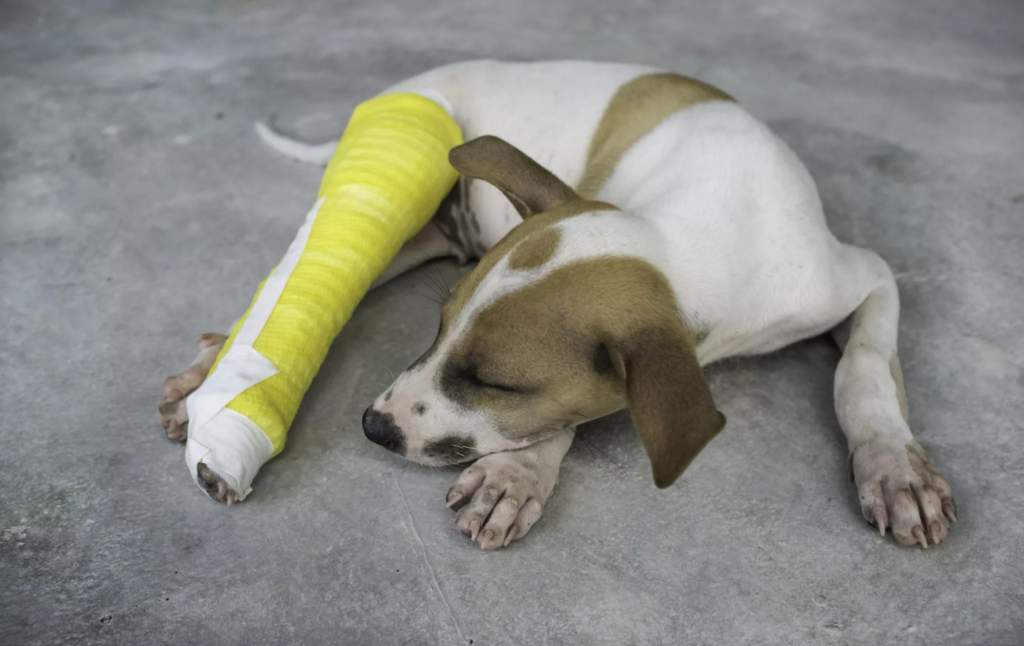
To identify the best pet insurance, data from PetInsurer.com was used, scoring companies based on several factors:
- Pet insurance rates: Account for 40% of the score.
- 24/7 vet health line: Contributes 20% to the score.
- Direct payment to vet: Adds 20% to the score.
- Coverage of vet exam fees: Makes up 20% of the score.
By considering these factors, you can choose a pet insurance plan that offers the best protection for your pet during emergencies, providing peace of mind and financial security.
Frequently Asked Questions (FAQs) About Emergency Pet Insurance
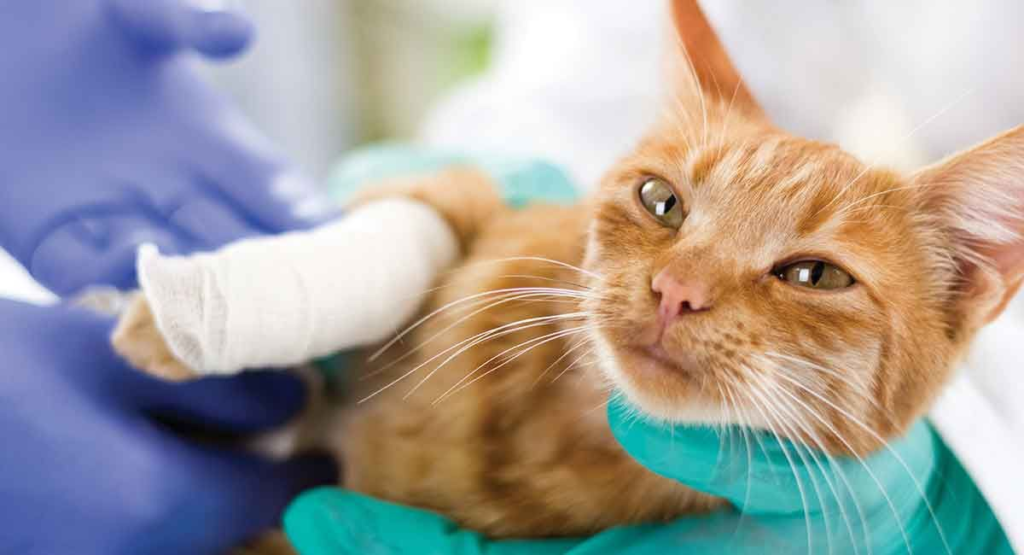
1. What are the most common pet emergencies?
- Common pet emergencies include fractures, ingestion of foreign objects, poisoning, and severe vomiting or diarrhea. These situations often require immediate veterinary attention and can be costly to treat without insurance.
2. How much can emergency vet visits cost without insurance?
- Emergency vet visits can range from $500 to $2,000, depending on the severity of the situation. Surgery or specialized treatments can cost even more, sometimes exceeding $5,000.
3. What factors affect the cost of pet insurance?
- The cost of pet insurance is influenced by the type of pet, breed, age, location, and the selected coverage amount, deductible, and reimbursement percentage.
4. Can pet insurance cover pre-existing conditions?
- Most pet insurance plans do not cover pre-existing conditions. However, some insurers may cover curable pre-existing conditions if the pet has been symptom-free for a specified period.
5. Are there any pet emergencies that are not covered by insurance?
- Yes, common exclusions include grooming, breeding costs, non-veterinary expenses, and preventative procedures. It’s essential to read the policy details to understand what is and isn’t covered.
6. Is a 24/7 vet helpline beneficial?
- A 24/7 vet helpline can be extremely beneficial during emergencies, providing immediate advice and guidance on how to handle a crisis until you can reach a vet.
7. How do I choose the best pet insurance plan?
- Compare quotes from multiple insurers, consider the coverage options, read customer reviews, and check if the plan includes features like direct vet payment and 24/7 helpline access.
8. Does pet insurance cover routine care?
- Routine care is generally not covered by standard pet insurance plans but can be included if you add a wellness plan. This covers expenses like vaccinations, annual exams, and preventive treatments.
9. Can I use my pet insurance at any vet?
- Most pet insurance plans allow you to use any licensed vet. However, some insurers may have preferred networks that offer additional benefits or discounts.
10. What should I do if my pet has an emergency?
- In case of an emergency, take your pet to the nearest vet or emergency animal hospital immediately. Contact your pet insurance provider as soon as possible to start the claim process and get guidance on covered treatments.
By understanding the importance of emergency pet insurance and what it covers, you can make an informed decision to protect your pet and manage unexpected veterinary expenses effectively.



